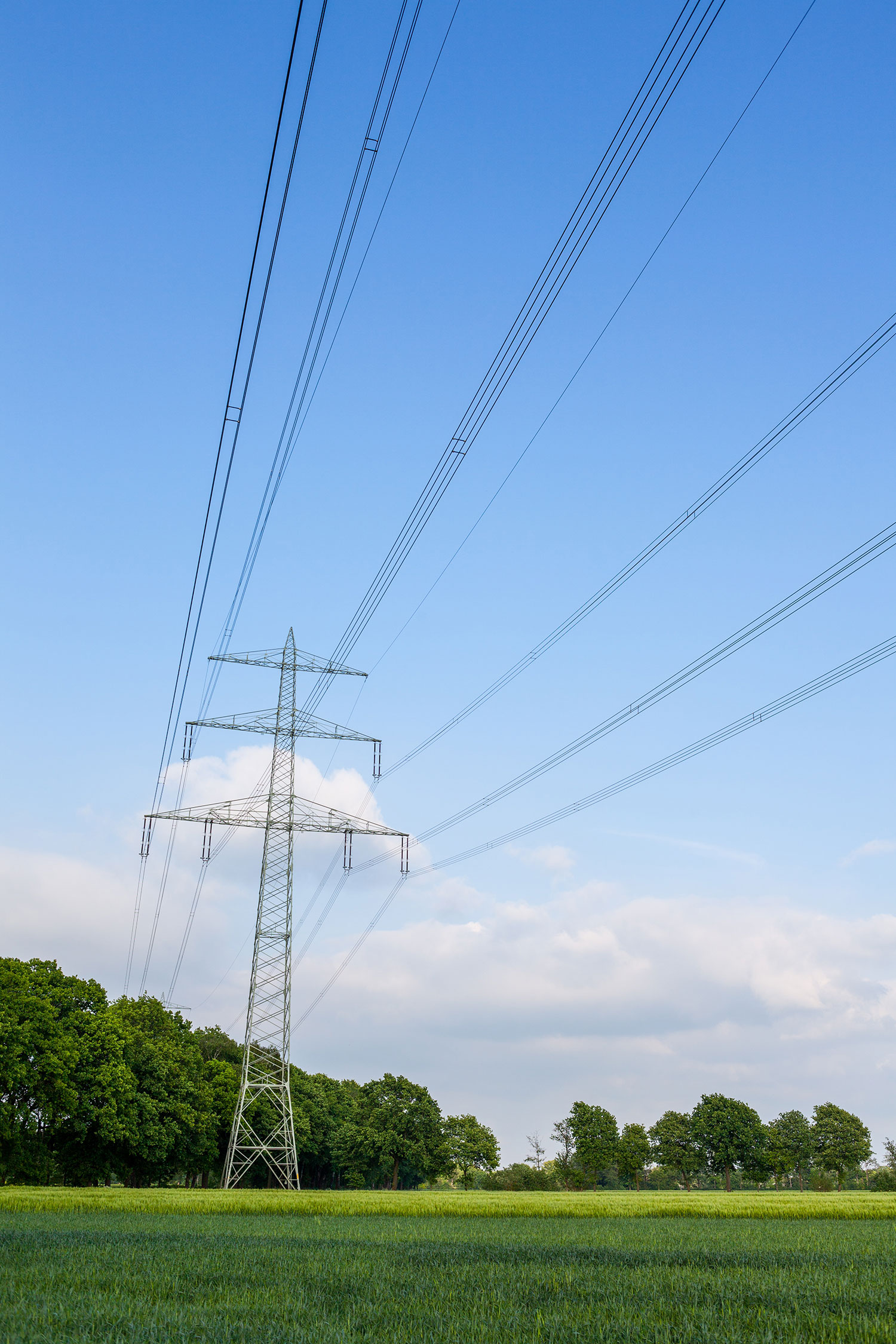Our electricity grid
Falbygdens Energi offers companies and private households in Falköping and the surrounding area free access to a reliable electricity grid. We are working continuously to simplify connection to solar panels and wind power.
There are three kinds of electricity grid in Sweden – the transmission grid, a number of regional grids and local grids. It is through the transmission grid that electricity is transported from large producers and between electricity price areas in Sweden and other countries. The transmission grid operates with very high voltage, and from there the electricity is converted to a lower voltage so that it can be transferred to the regional grid. From the regional grid, the electricity is then converted to a lower voltage so that it can be transferred to the local grid and used in the home or in industry. Some larger electricity consumers can also be connected to the regional grid. The regional and local grids are owned and managed by the grid companies.
Electricity grids in transition
The ongoing transition will require an increasing number of core, regional and local electricity transmission grids. In particular, new infrastructure will be needed to connect new wind farms, both onshore and offshore, to electricity consumers. The increasing proportion of renewable electricity from large-scale and small-scale solar and wind power also places new and higher demands on the electricity grid.
The Swedish system is built to handle predictable electricity generation from a limited number of large plants based on hydro power, nuclear power and CHP. The electricity system has to become more flexible and be able to cope with an uneven flow of rapid and sharp variations in electricity generation from energy sources such as solar and wind. Major investments will also be required for existing electricity grids.
The demand for electricity will increase significantly due to the production of hydrogen. At the same time, electricity consumption in future is expected to be even higher than previously assumed throughout society. This emphasises the need to have collaborative planning for electricity and hydrogen grids going forward.
Maintenance and safety
Grids are sensitive to strong winds, storms and snow. Our emergency response organisation is ready to respond every hour of the year. We are burying most of the electricity grid underground to reduce the risk of outages. We are also clearing the power line corridors around the overhead lines to reduce the risk of damage.
For electricity operations, maintenance and periodic inspection of the facilities are performed at set intervals. Our high-security receiving stations in the urban area of Falköping are patrolled weekly, while those in the countryside are patrolled monthly. Some overhead lines are patrolled annually, and all overhead lines undergo detailed inspection at eight-year intervals. All findings and measures are documented by means of system support.
More information

